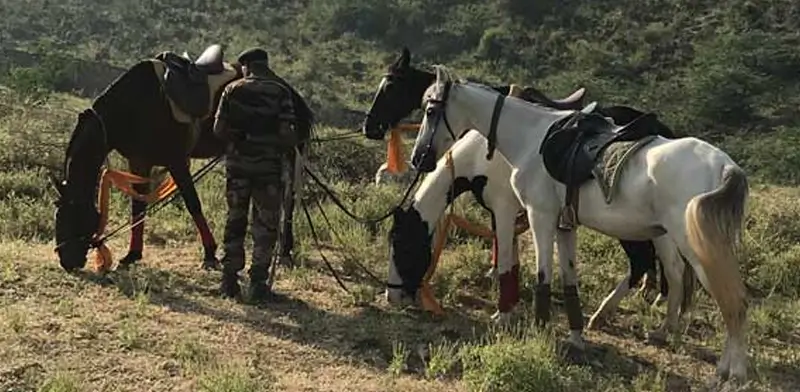
Ranthambore National Park is a paradise for wildlife photographers. From the majestic Bengal tiger to shy sloth bears, colorful birds, and dramatic landscapes — every turn in this wild terrain offers a frame-worthy moment. But what makes a good photo in the wild isn’t just a great camera — it’s also timing, patience, and knowing where to be.
Staying at Maa Ashapura Farm, you’re already off to a good start. Located close to the park gate and surrounded by natural landscapes, this resort is not just a base for safari-goers but a perfect spot for nature and wildlife lovers who want more than just a casual snapshot.
Here are some practical tips to help you get the best wildlife photos while staying at this unique resort near Ranthambore.
1. Choose the Right Safari Time and Zone
Your best wildlife shots depend largely on when and where you go. Ranthambore is divided into several zones, and animal movement varies across them. Some zones are known for tiger sightings; others are better for birding or landscapes.
The staff at Maa Ashapura Farm helps guests book the best safari slots based on the season and latest sightings. Morning safaris (starting between 6:00–6:30 AM) are ideal for soft light and active animal movement, especially during the cooler months.
2. Use the Right Gear, But Stay Light
You don’t need a massive camera to get great photos — even mid-range DSLRs or high-end phone cameras can capture magic if you know how to use them.
However, for serious photographers, a zoom lens (200mm–400mm or higher) is recommended. Don’t forget extra batteries and memory cards. Avoid heavy tripods in safari jeeps — use a bean bag or image stabilization features instead.
3. Focus on More Than Just Tigers
Everyone wants a tiger shot — and that’s understandable. But Ranthambore has so much more. Spotted deer, langurs, crocodiles, owls, peacocks, even butterflies — every living thing has its moment.
Some of the most powerful wildlife images aren’t always of big cats but of quiet interactions, textures, or movement — like a bird mid-flight or a monkey grooming its young.
4. Golden Light is Your Best Friend
Early morning and late evening give you what photographers call “golden light” — soft, directional, and warm. It highlights fur, feathers, and shadows beautifully.
If you're staying at Maa Ashapura Farm, don’t pack up your camera after the safari. Evenings around the farm bring opportunities to shoot local birds, horses, or landscapes bathed in sunset tones.
5. Practice Ethical Photography
Respect the wildlife. Do not ask your guide to chase animals for a shot. Avoid flash, loud noises, or sudden movements. A true wildlife photographer knows that patience and silence pay off.
At Maa Ashapura Farm, the staff encourages guests to observe quietly and shoot responsibly — keeping both ethics and animal comfort in mind.
6. Capture Life Beyond the Safari Too
One of the unique opportunities at the farm is to photograph rural life — farm animals, traditional cooking, folk performances, or even the architecture of your tented stay.
These moments often tell a more complete story of your Ranthambore journey — one that’s about connection, not just camera settings.
So, whether you're a first-time photographer with a phone or a seasoned wildlife shooter with pro gear, Ranthambore has something to offer you — and Maa Ashapura Farm gives you the ideal backdrop to both relax and shoot.
Just remember: the best photos come not from chasing, but from observing. Be still. Let the wild come to you.